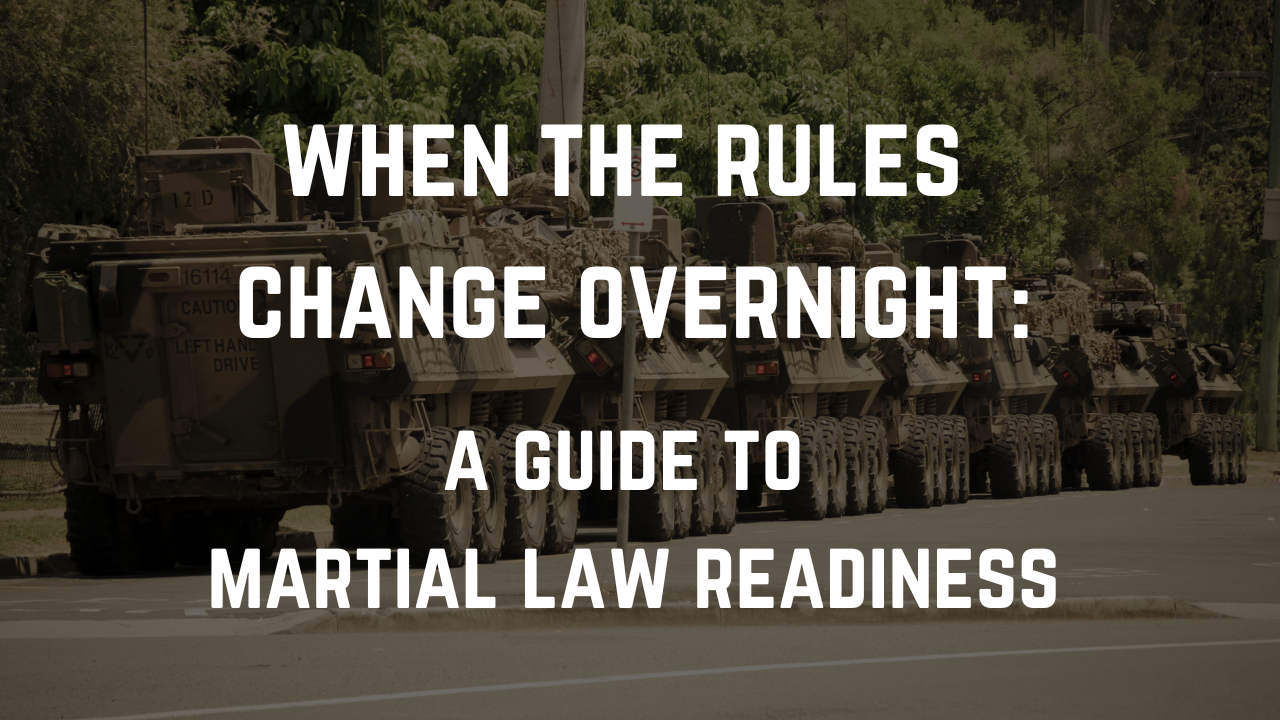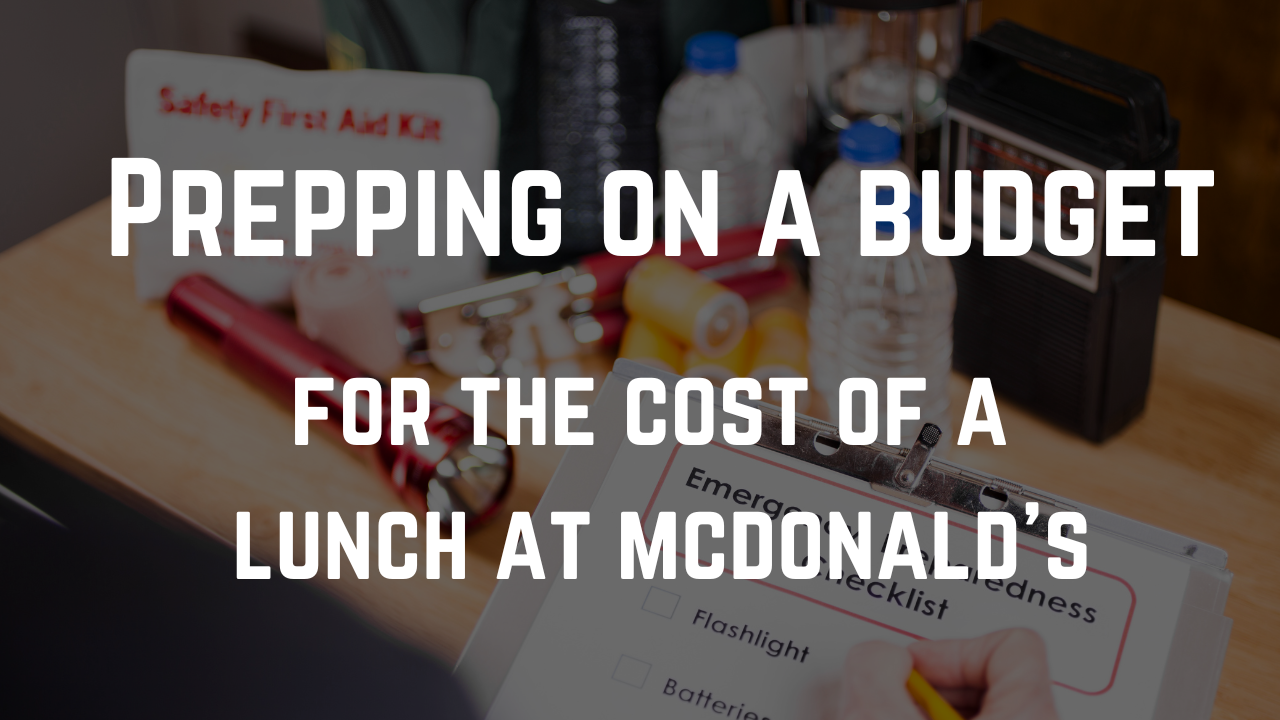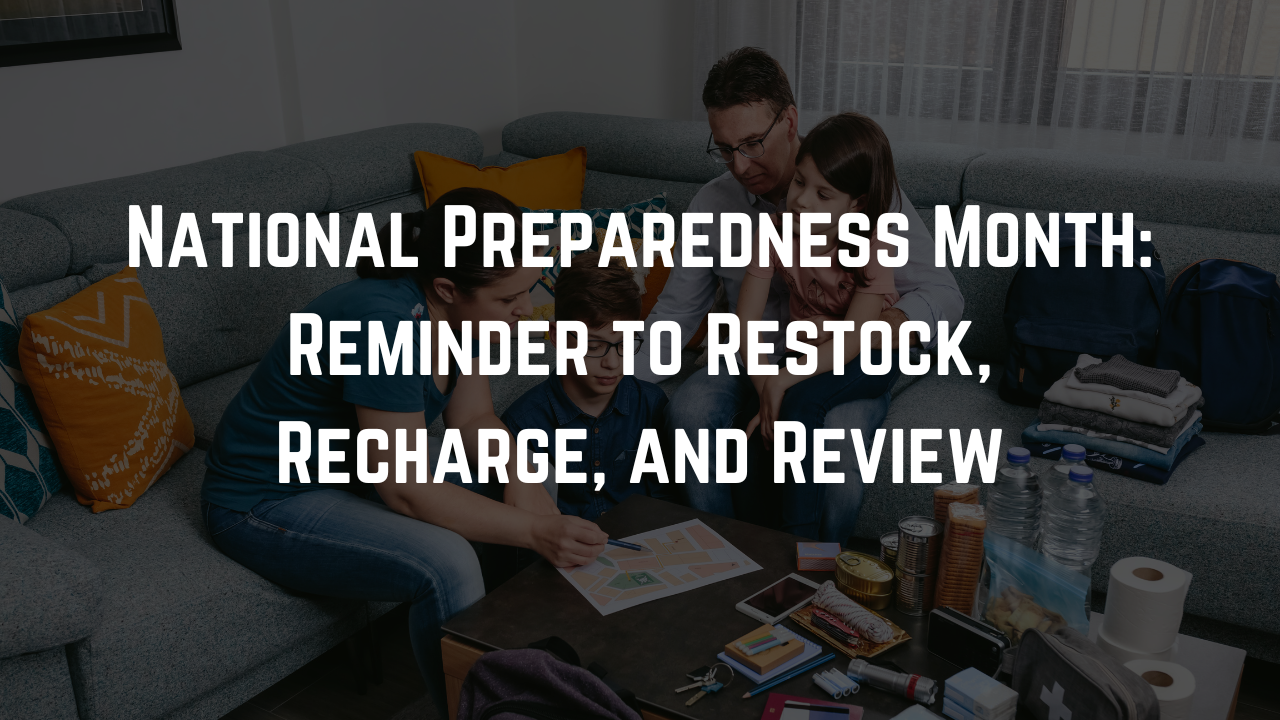
In recent years, “prepping” has gained significant attention. But the word carries a negative stigma, often associated with extreme survivalists and doomsday scenarios.
The truth is, prepping isn’t just for people living off the grid or storing enough canned food to last a decade. Anyone can benefit from being more prepared, and it doesn’t require a radical lifestyle change or a massive budget.
Prepping gets a bad rap, but here are five of the most common myths that deserve a closer look:
1. Prepping Is Only for Extreme Survivalists
One of the biggest misunderstandings is that prepping is reserved for people who believe the world is on the brink of collapse or a massive societal breakdown. While it’s true that some people may take prepping to the extreme, the majority of people who prep do so for more practical reasons, like being ready for a natural disaster, power outage, or economic downturn.
In reality, prepping is about being self-reliant and taking steps to ensure you and your family are safe. Whether it’s having a first aid kit on hand, a backup power source, or knowing basic emergency procedures, these are all ways to prep that anyone can adopt without being a doomsday enthusiast.
The Truth: Prepping is for anyone who wants to be better prepared for life’s unexpected situations, big or small, and it doesn’t require a radical shift to your daily life.
2. Prepping Requires a Lot of Money
Another misconception is that prepping demands a large financial investment. Many people believe they need to buy expensive gear, stockpile food, and invest in specialized training. While prepping involves some costs, it doesn’t have to break the bank.
You can start with simple and affordable steps, like buying a few extra cans of food, investing in a portable phone charger, or putting together a basic emergency kit with items you already own.
Prepping can be done gradually, and you can prioritize the most important items first without having to spend a fortune. Over time, you can add more advanced supplies if your budget allows, but it’s not an all-or-nothing approach.
The Truth: You don’t need a huge budget to start prepping. Small, incremental steps will make a big difference, and many preparedness items or skills can be obtained on a budget (and you likely already have more than you think!).
3. Prepping Is Only About Food and Water Storage
When people think about prepping, the first things that usually come to mind are food and water storage. While these are essential aspects of preparedness, it is much more than just stocking up on supplies.
True resilience involves planning for a wide range of scenarios and having the necessary skills to handle emergencies. This can include basic first aid training, how to cook without power, or having a solid communication plan with loved ones. Prepping also involves creating a plan for things like transportation, shelter, and even mental health.
It’s about having a comprehensive approach for a wide range of circumstances, not just the next grocery store shortage.
The Truth: Prepping is about more than food and water; it’s about building a well-rounded strategy that includes skills, knowledge, and the ability to adapt to a variety of emergencies.
4. Prepping Means Hiding in the Woods or Living Off the Grid
Many assume that prepping requires them to abandon modern conveniences and head for the hills. This idea of “living off the grid” is often tied to survivalism, but it doesn’t reflect the reality of prepping for most people.
It can actually be as simple as preparing your home to weather a power outage or having backup plans for transportation and healthcare in case of disruptions.
While some may choose to live off the grid, the majority of people who prep do so while still maintaining a normal, everyday lifestyle. It’s about creating a safety net for you and your family, not necessarily withdrawing from society entirely.
The Truth: You don’t have to live in isolation or abandon modern life to be a prepper. Preparing for emergencies can be done while still maintaining a normal life and enjoying modern conveniences.
5. Prepping Is a Waste of Time
Perhaps the most common misconception is that prepping is unnecessary. After all, “nothing bad is going to happen, right?”
While it’s easy to dismiss the idea of prepping when everything is going well, the reality is that emergencies do happen, usually when we least expect them.
From natural disasters to man-made events, or even losing your job or having an unexpected health emergency, events that can significantly impact your life can strike at any time.
Having a plan in place and being prepared doesn’t mean you’re expecting the worst, it means you’re taking proactive steps to ensure your safety and the safety of your loved ones.
The Truth: Emergencies are unpredictable. Prepping isn’t about fearing the worst, it’s about being responsible and ready for whatever comes your way.
It’s time to put these misconceptions to rest. Prepping isn’t about being paranoid, it’s about being smart.
It’s not about buying the latest survival gear or retreating into the wilderness; it’s about taking reasonable steps to ensure you and your family can handle unexpected events. Whether you’re putting together an emergency kit, learning basic survival skills, or making a plan for your family, prepping is something anyone can (and should) be doing.
Remember, being prepared is never a bad thing, it’s just good common sense.
To get started today, take a look at our blog 7 Must-Have Apps That Will Boost Your Preparedness and become more prepared in just a few minutes!


